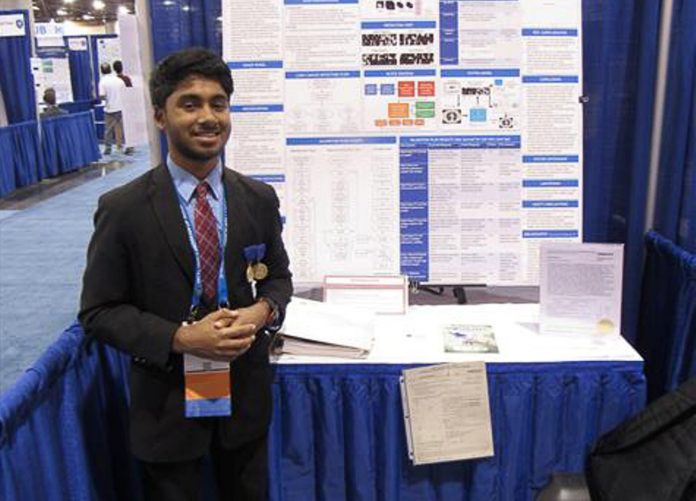
Sathvik Nallamalli starts by asking himself, “How can I use science to solve the world’s biggest problems?” So far he has designed and built a low cost spirometer, which is used to test for breathing issues, and he’s written an algorithm that can diagnose lung cancer with 98 percent accuracy.
 He is a junior at Olympia High School.
He is a junior at Olympia High School.
Sathvik was born here, but his parents moved to Olympia from southern India in the early 2000s. Adjusting to a different country, climate and customs has been challenging, but the Nallamalli family brought with them a strong sense of community service. “One thing they’ve told me from a young age, and they still tell me now, is whatever I’m doing in life just make sure I’m helping people,” says Sathvik. All of Sathvik’s science projects have been inspired by the desire to help people.
The sixth grade science fair is when Sathvik first discovered his love of scientific research. He wanted to help people with diabetes, so his project tested how different substances affect blood sugar levels. He contacted a professor at Saint Martin’s University who allowed Sathvik to come in and use the lab equipment. He was able to run his samples through the lab’s spectrometer.
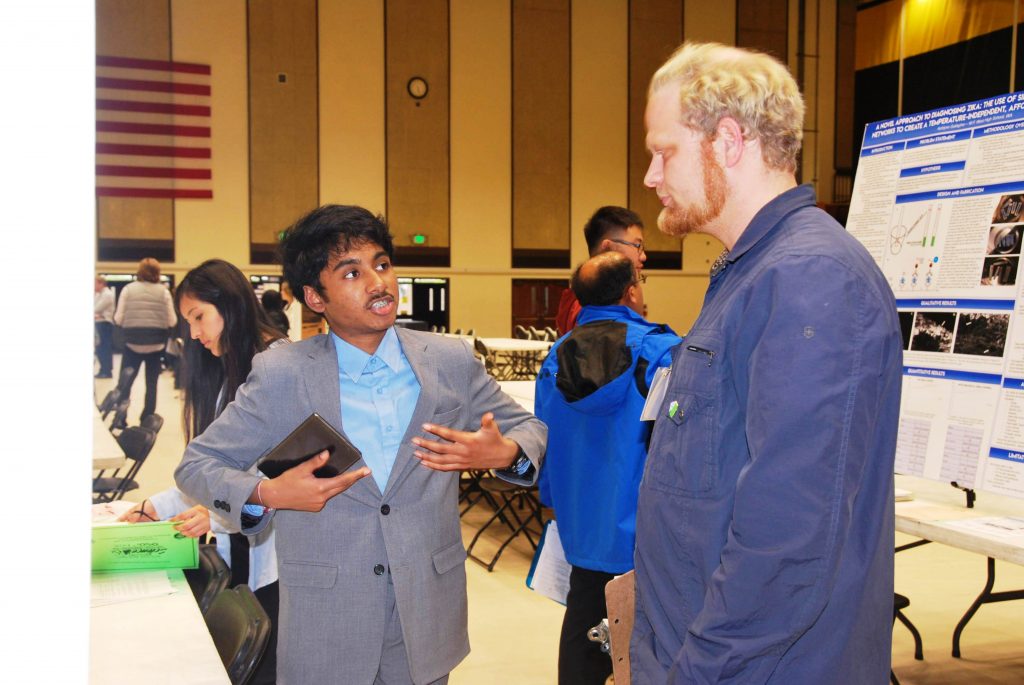
“It taught me a lot about how much freedom you get in a lab,” Sathvik shares. “You have all the resources there. It’s a matter of trying things out. I spent a lot of time there. I’m really thankful to those professors.”
Since sixth grade, Sathvik has kept his connections with the research lab at Saint Martin’s. He even spent a summer as a research assistant at the lab. That experience also led to new connections more recently. Last summer, he assisted in the research labs at Harborview Medical Center. It has been a bonus to meet other scientists and researchers who are willing to collaborate with him.
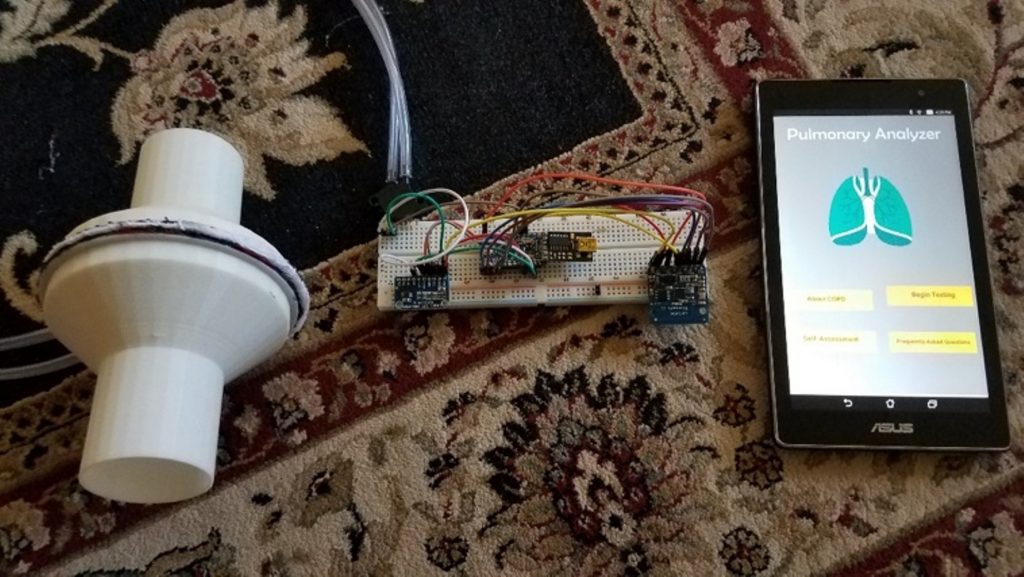
In seventh grade, he was awarded his first major science fair award. “My project was awarded the best middle school project for the Washington State Science and Engineering Fair. That gave me a boost and more motivation to do things,” he says.
In high school, Sathvik really began to focus on STEM, which is an interdisciplinary and hands-on approach to learning science, technology, engineering and math. “I want to do things STEM related. That question came back to me, how can I use STEM to help people?” remembers Sathvik. He sees that science solves problems all the time. Though researchers find new treatments and new medicines, Sathvik has realized that often those treatments are expensive, even for someone with health insurance.
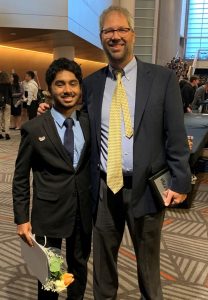
Sathvik began to aim his problem solving skills at creating cost effective and time saving solutions in the medical field. His ninth grade science fair project involved building a device that interacts with a cell phone app. He designed, built and coded the whole thing himself for under $50, with the use of the 3D printer at Olympia High School.
“It’s able to diagnose, from one breath, five different pulmonary illnesses. It can detect if you have asthma, COPD, emphysema, chronic bronchitis and lung disease,” Sathvik explains. “It’s a really quick thing. You can just blow into it, and within 30 seconds to a minute you get the whole report.”
He presented that project at local and state science fairs, and won the opportunity to attend the 2018 Intel International Engineering and Science Fair in Pittsburg. There he joined 1,800 other students from around the world who had the best research projects in several categories. “The category I was placed in was called Embedded Systems,” Sathvik says. “On the last day during the Grand Awards Ceremony, I ended up getting fourth in my category out of all 1,800 students. That was really cool.”
An organization called the International Council on System Engineering gave Sathvik a special award with an invitation to their symposium. “I was really grateful to see how my research and being able to go to a local science fair, took me to this place and showed me the contributions that science can make,” Sathvik confides.
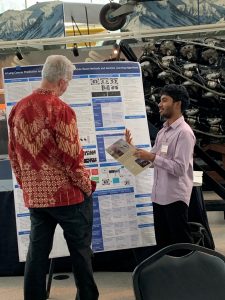
In tenth grade, Sathvik continued to focus on the lungs. “What I did was work with the current process to screen cancer,” he shares. That process involves a CT scan, radiologist review, PET scan and a biopsy. “That is four processes, and it can be really expensive,” Sathvik explains. Radiologists use pen and paper and their eyes to examine the scans.
“I used a machine learning algorithm that is able to detect the stage, the type and the presence of lung cancer based on one CT scan. So you don’t have to go for PET scan, or a biopsy, or have the radiologist manually look at it. You simply do the CT scan,” he says.
What’s next for Sathvik? He hopes to continue his research and education at Johns Hopkins University or possibly Duke University.
“There have been a lot of debates on how technology causes problems, but technology also solves problems,” Sathvik contends. “It’s a matter of how you use that technology. We’ve got great technology around us right now, and we can use that to make lives better for a lot of people.”



















































